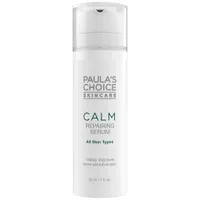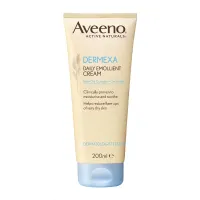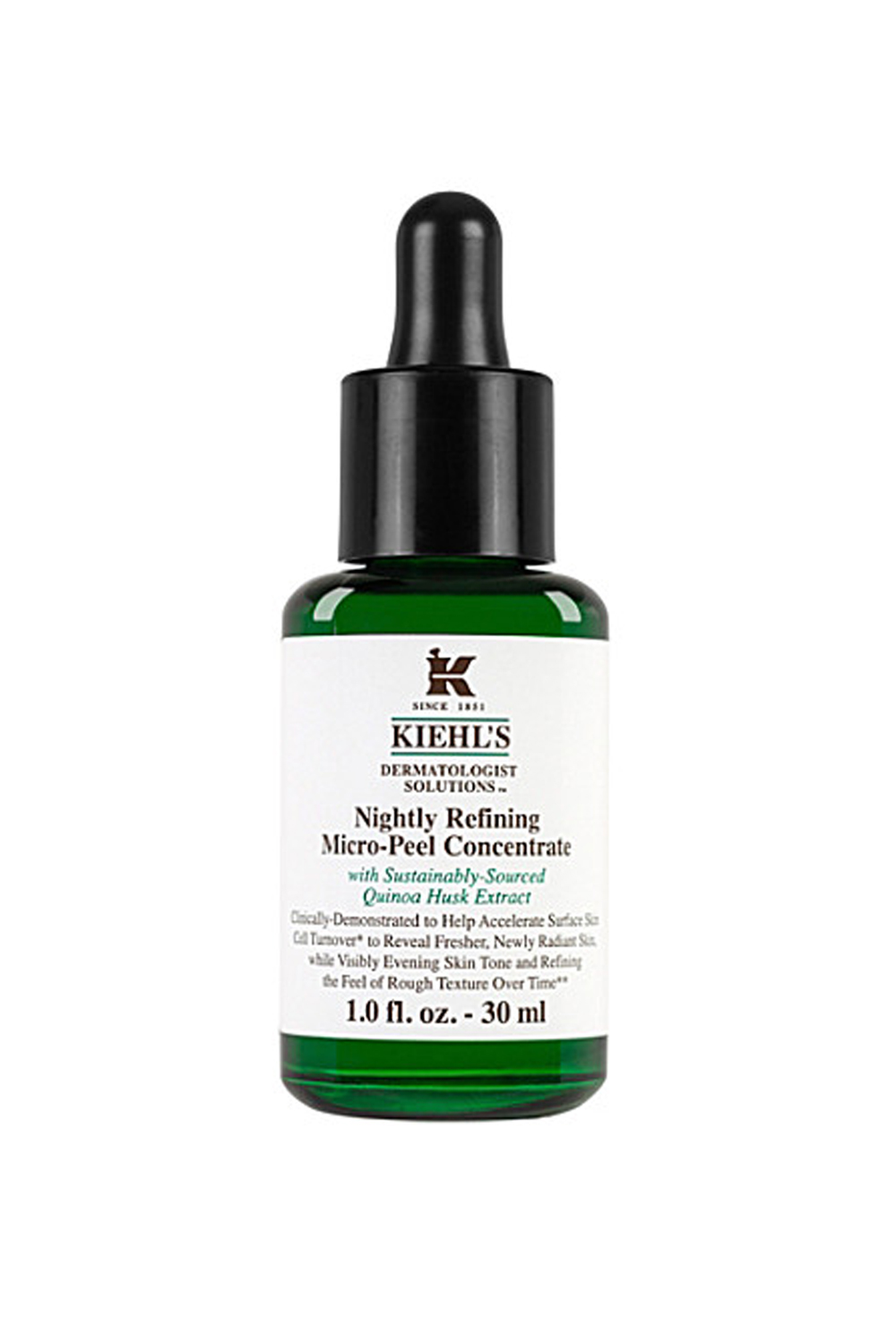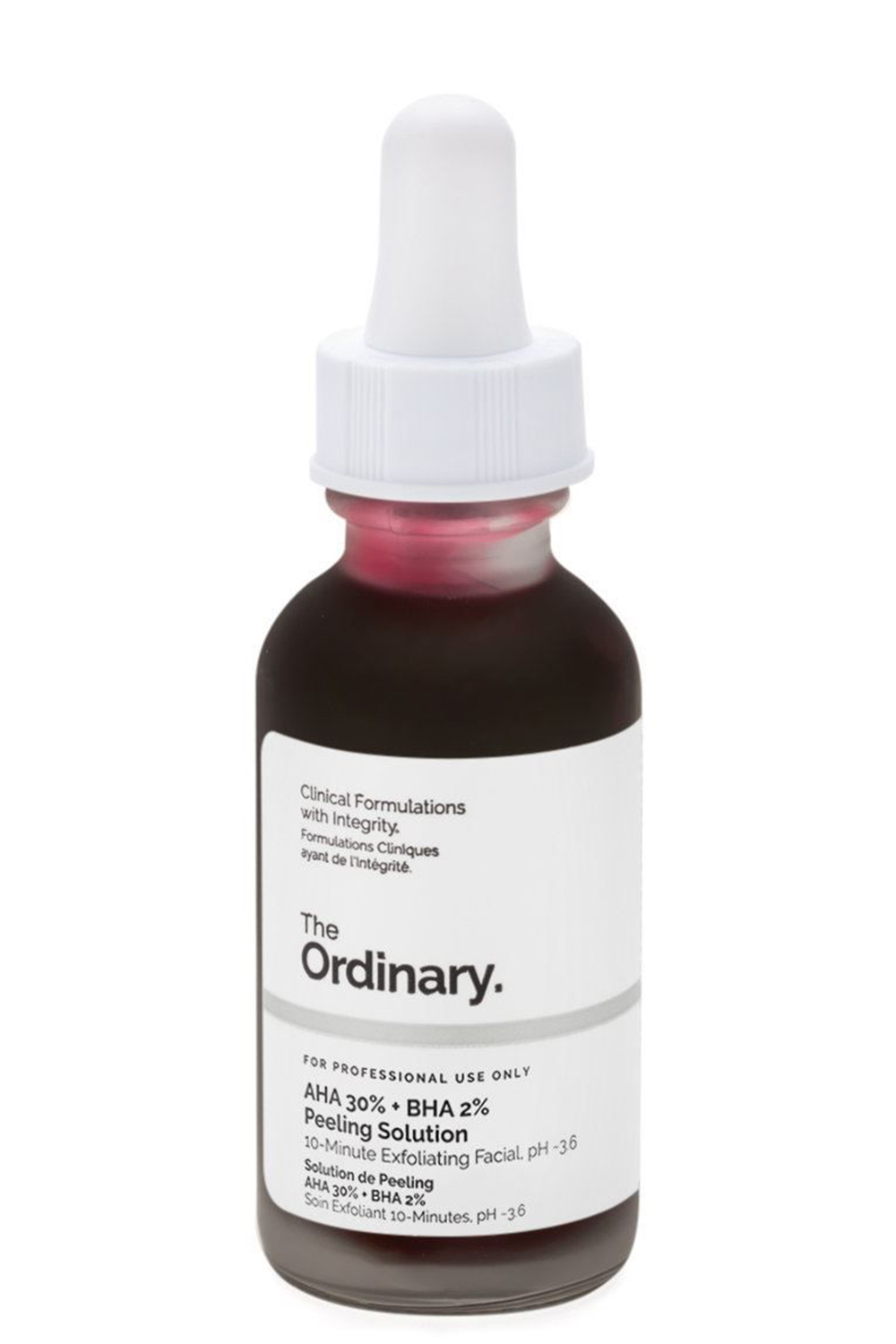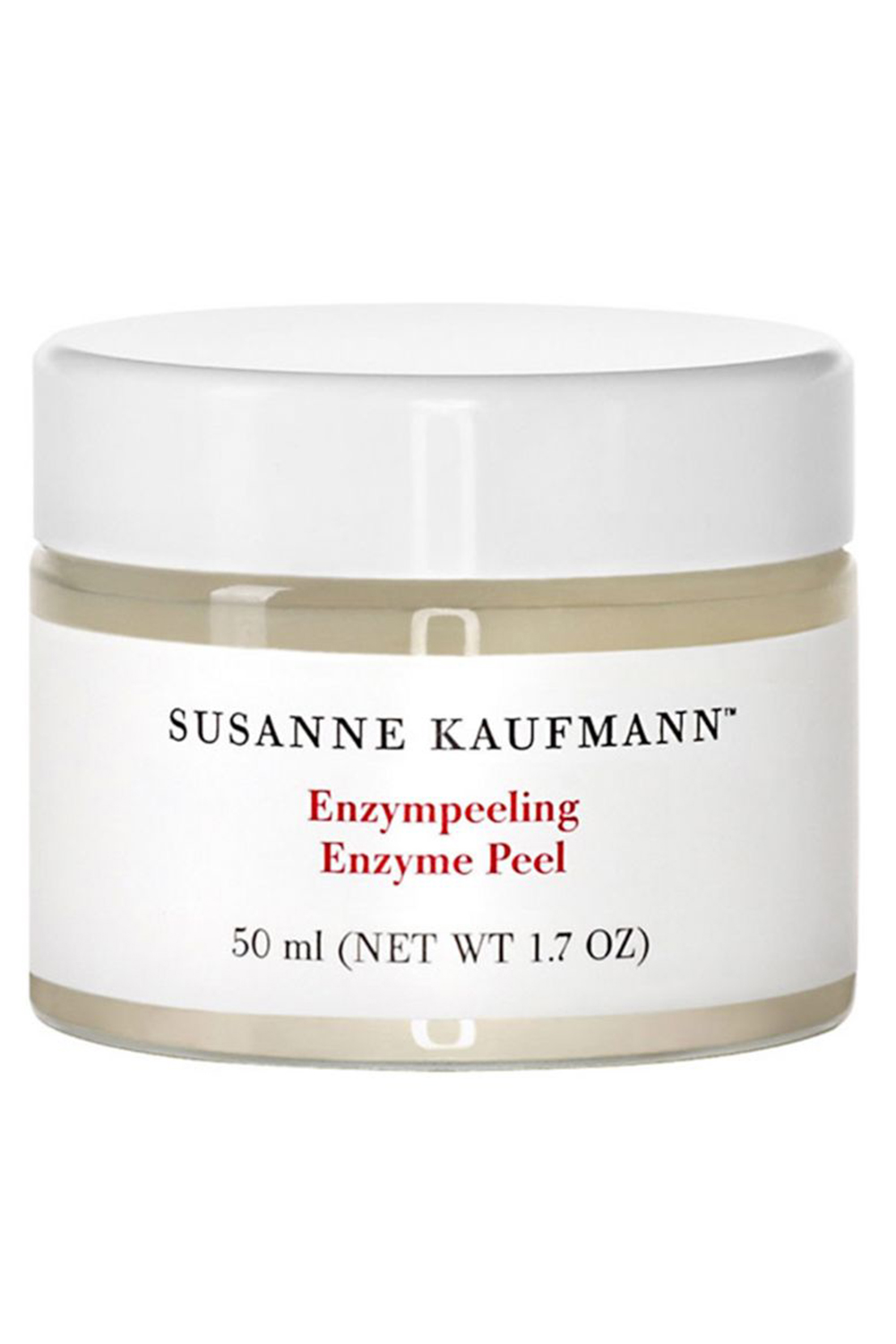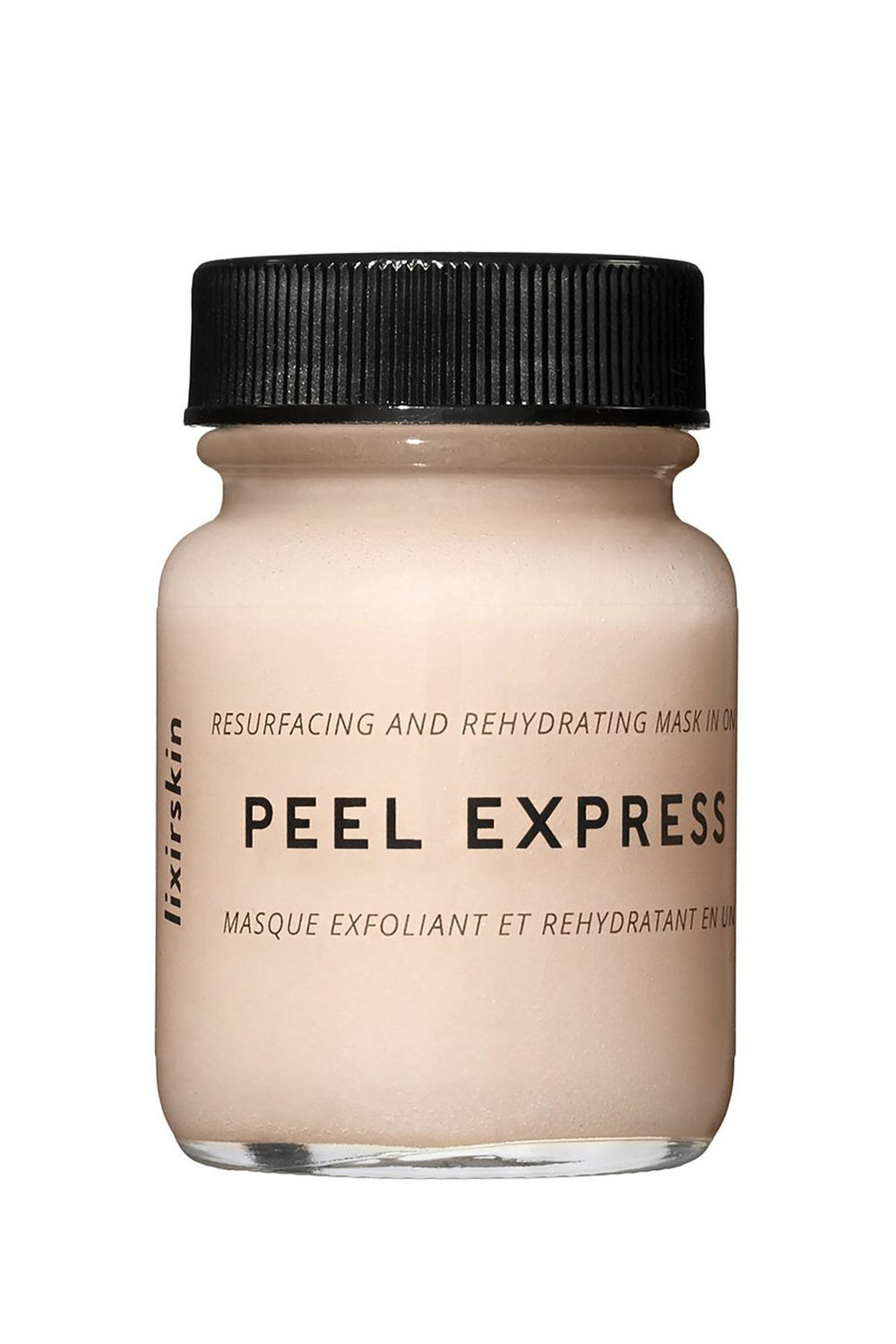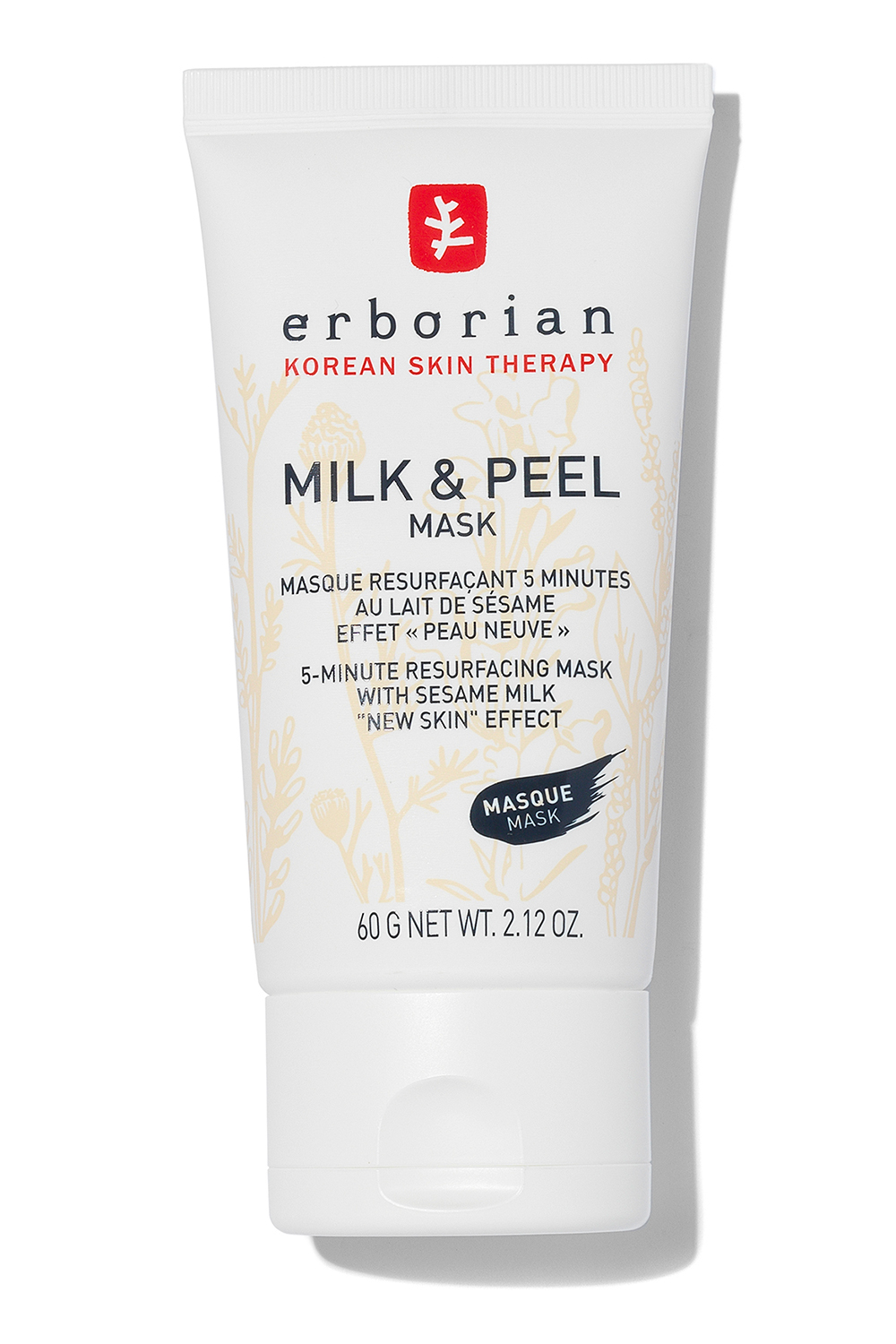Face peels: everything you need to know about at-home chemical exfoliators
It's like the magical treatment that can cure all
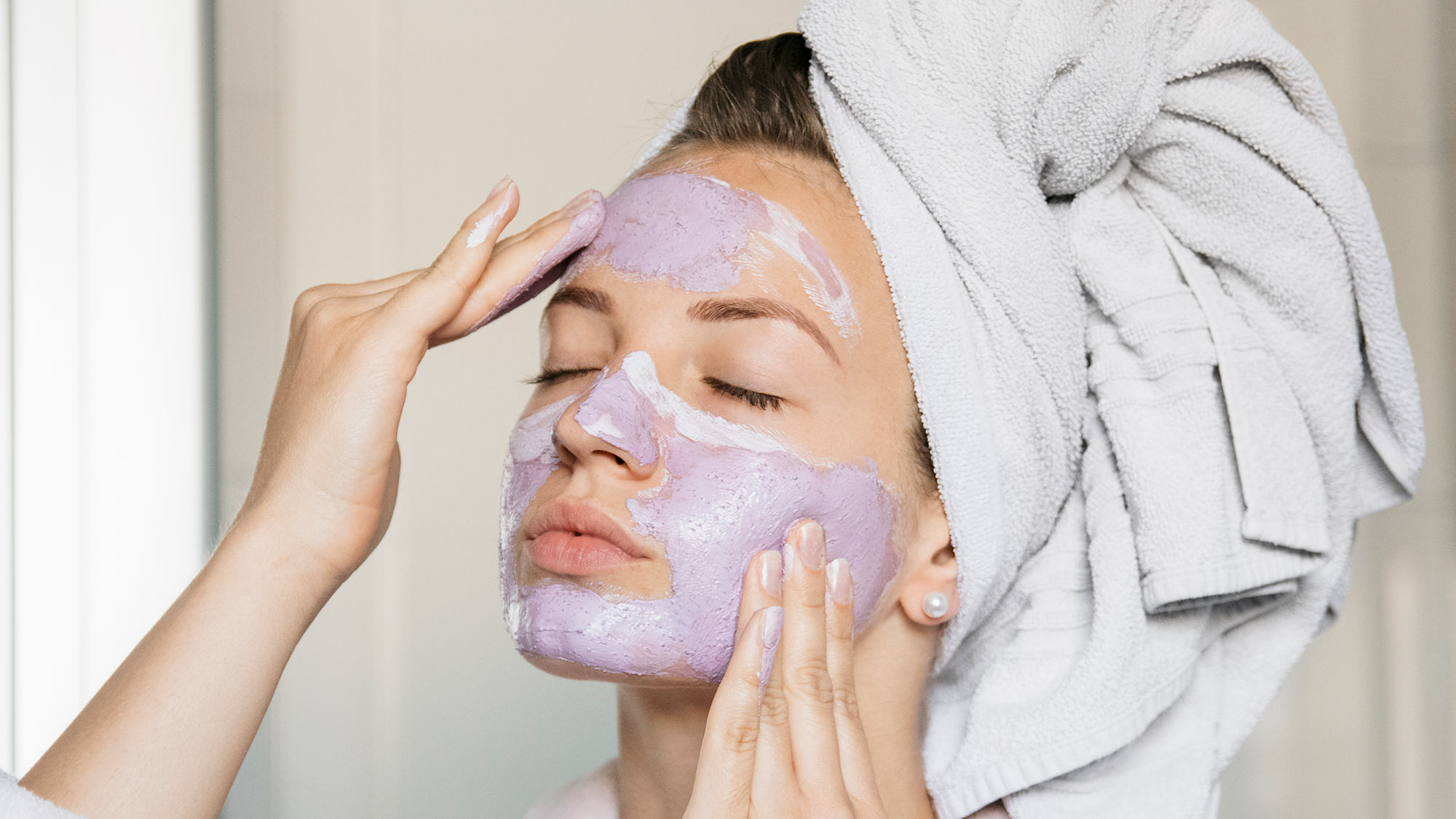

The term 'face peels' conjures up some pretty vile imagery. Combined with the word 'chemical' and you've lost a great deal of people. But at-home face peels are nothing to be frightened of, in fact this transformative product is one that every single people should have in their beauty arsenal. Sure, they need to be used with caution, but if you're picturing Samantha in Sex and the City, think again.
Face peels can help with a plethora of problems, from pigmentation to scarring, hydration to acne, skin texture to fine lines and wrinkles. Dr Rabia Malik, GP and holistic aesthetic doctor, explains that one of the best things about using an at-home face peel is convenience: 'In my opinion, face peels are hugely underrated treatments. Most at-home formulations are quick and easy to use, and the benefit is the speed with which you will see results.'
What are face peels and how do they work?
At-home face peels are essentially a punchy exfoliator. We know that we need to exfoliate every so often to help get rid of dirt, grime and dead skin cells, to encourage cell turnover. Some people prefer a physical face scrub, but these are often more abrasive on the skin. As scary as a chemical exfoliators sound, if you use them properly they're actually more gentle and provide a better way of dealing with skin issues.
All face peels slough away the very top layer of skin to exfoliate, but some remove more than others depending on the type you decide to try. Some skin issues need deeper penetrating face peels than others, so it's important to identify your skin concern and the outcome you're hoping to achieve. The peels that delve further down into the layers of your skin do have to be performed by a medial professional. 'Specific skin conditions - such as hyperpigmentation or melasma - would require special peels at a higher concentration than those available for use at home,' explains Dr Malik.
In your at-home face peels, you'll find alpha hydroxy or beta hydroxy acids. They're all known to be quite light, so can be used without needing any downtime. They're especially good for combatting dull, dry and congested skin, because they break down the bonds that hold dead skin cells together allowing for easier exfoliation.
AHAs, like glycolic acid and lactic acid, are best for improving skin texture and boosting glow, they work best on drier skin types. Salicylic acid peels are ideal for those with acne-prone or oily skin.
How to use an at-home face peel
Before you try a new at-home face peel, Dr Malik suggests doing a patch test on the inner arm and reading the instructions clearly. She advises against making the mistake of leaving the peel on for longer to achieve more of a 'result'. 'This is a common mistake I see people make, and it can really cause problems, so stick to the times given on the box.'
Celebrity news, beauty, fashion advice, and fascinating features, delivered straight to your inbox!
We recommend using a peel at night, just before you apply your best night cream. Skin goes into repair mode whilst you sleep, so it's a good idea to prep it well. It also means that you're giving your skin time to calm down and avoiding any UV exposure straight after use.
When you apply the peel to dry skin you're likely to feel a tingling sensation, this is normal. (If the feeling goes beyond tingling, for example burning, itching or pain, remove the peel immediately with cold water and don't use it again.) Skin will likely appear quite pink at first, but this is normal. Soon it will look brighter and over time will get noticeably smoother.
On the subject of regularity, Dr Malik recommends 'anywhere between once a week for someone with oily, blemish-prone skin and once every few weeks or monthly for those with very dry or sensitive skin.'
It's important to never apply ingredients that can irritate your skin post-peel, such as retinol. Hyaluronic acid will help rehydrate your skin post-peel and a really decent face oil will also help to nourish.
If your skin is in need of some proper TLC, Dr Malik recommends the below...
It's also vital that you protect your skin from the sun afterwards, so be sure to use an SPF moisturiser or a facial sunscreen. SPF30 or above only.
Here's our roundup of the best at-home face peels...

The clinical results on this product speak for themselves. 87% of people saw brighter skin in 2 weeks, 97% saw smoother skin in 2 weeks, 97% agree product was gentle on skin, 81% saw more even tone and less visible dark spots, 81% saw healthier-looking skin and 78% saw pores appear minimized. It's no wonder really, the brand have combined physical, chemical & enzymatic exfoliants.

Arguably the most famous peel on this list. Dr Dennis Gross's legendary two-step wipes have five acids in that simultaneously improve skin tone, boost glow and reduce the appearance of lines and wrinkles. Perfect for all skin types too, there are body and tanning versions too.
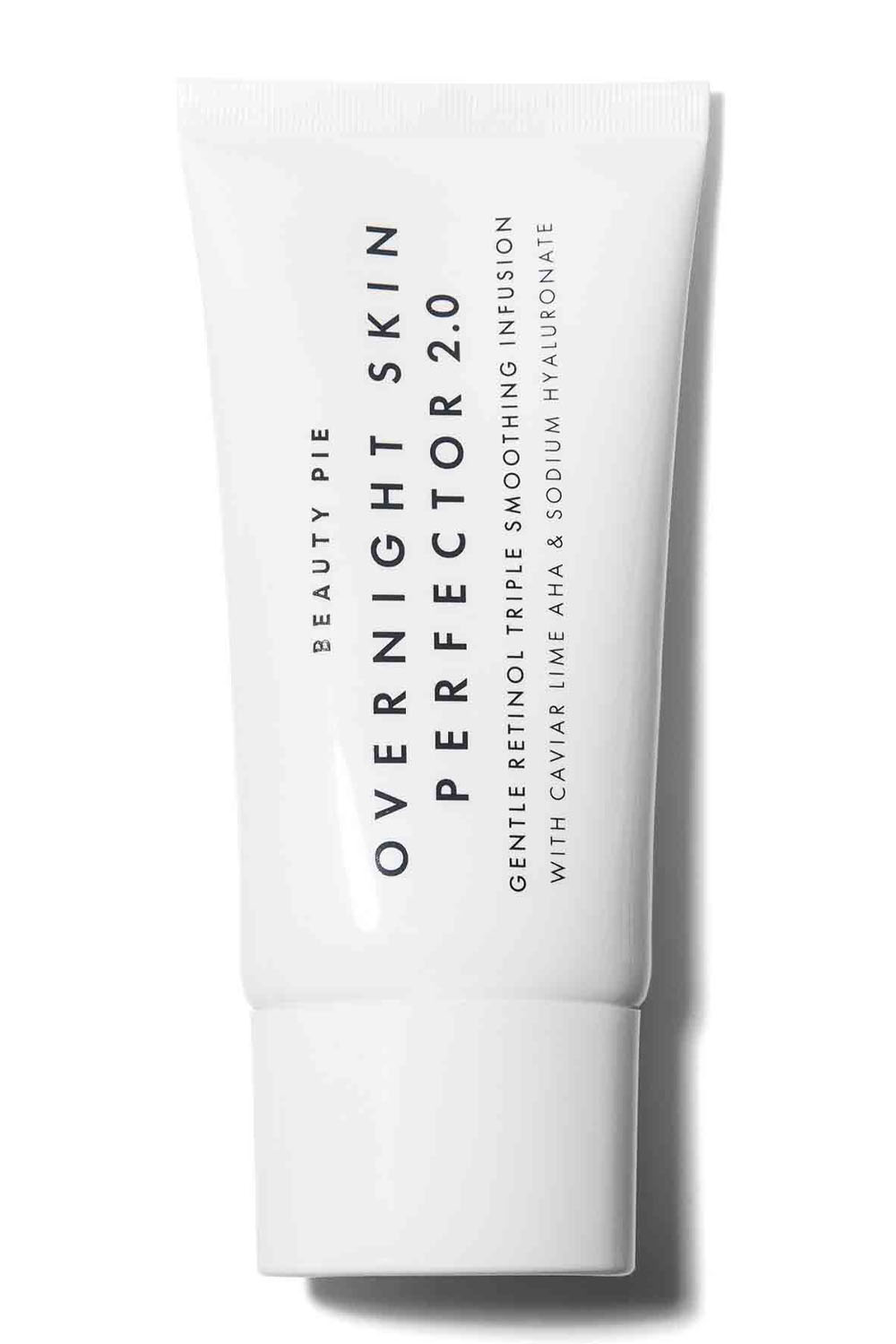
It’s back. And it’s even better! Beauty Pie’s cult Overnight Skin Protector is packed with a Swiss-formulated mix of nourishing Shea Butter, Caviar Lime AHAs, antioxidant Portulaca Vita, hydrating Hyaluronic Acid, anti-wrinkle Argan Oil, soothing Panthenol and – their secret weapon – super gentle encapsulated slow-release Retinol for an overnight smoothing sleep mask blitz, that leaves your skin refreshed, luminous, dewy and youthful looking! Sponsored

Us Brits have been eagerly awaiting this face peel ever since the brand launched over here in 2019. The reason this product took so long to cross the pond is that the formulation needed to be tweaked to work with the EU regulations. This product is punchy, but oh-so gentle. It has 25% AHA and 2% BHA of skin resurfacing magic inside. I only launched in January this year and it has proven so popular, that all stocks have since sold out. Sign up for updates on restocking.
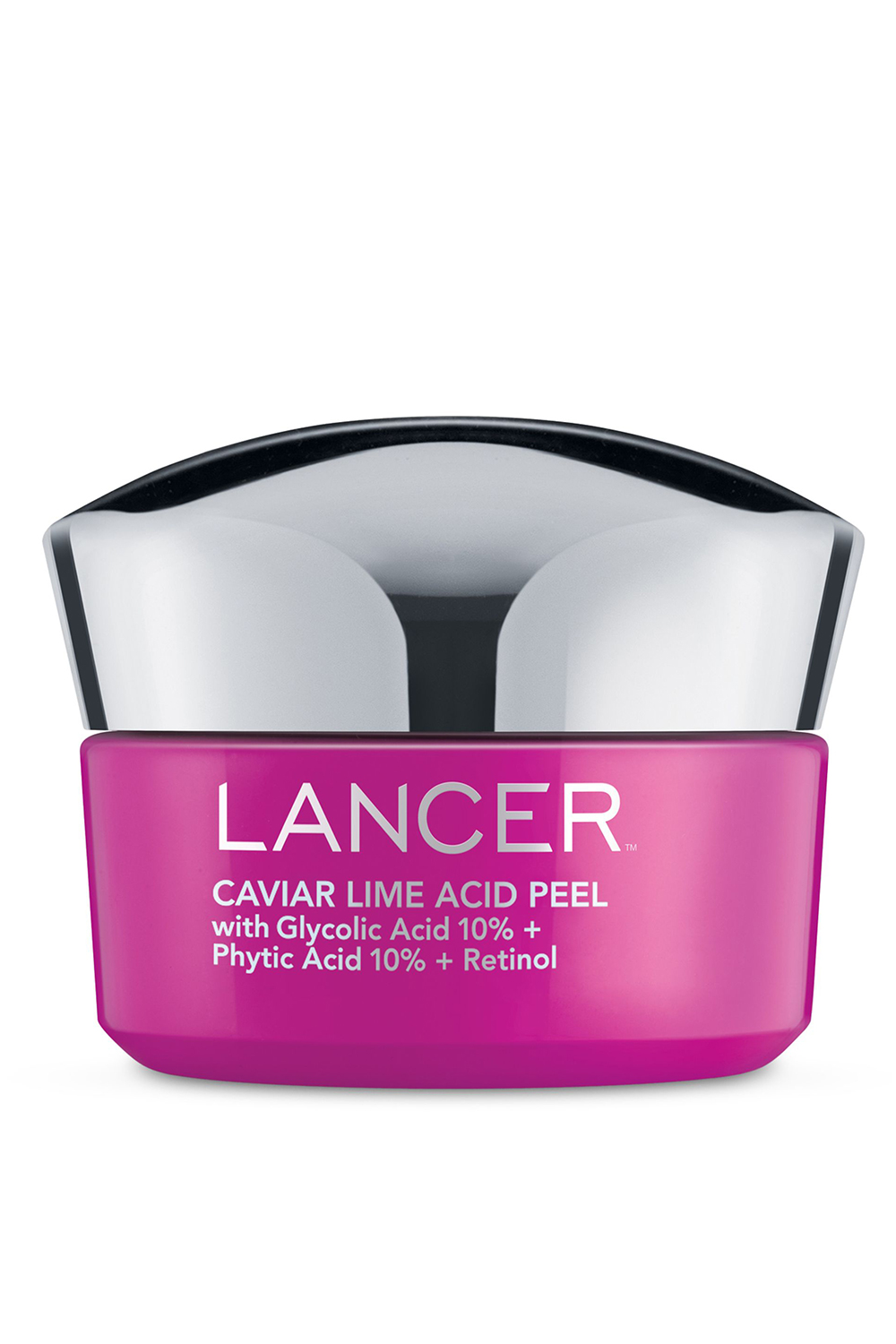
If your main concern is ageing skin, then you want something particularly punchy to tackle the harder to treat issues. This pink pot contains a formula that's made from 10% Glycolic, 10% Phytic Acid (a super gentle AHA) and retinol. Working in conjunction the tackle skin texture, pigmentation and fine lines and wrinkles.

Oskia is known for using the magical ingredient, MSM (a natural form of sulphur that aids collagen production and circulation and helps to reduce inflammation) in all its products. That includes this lactic acid-based peel. If you're not worried about a particular skin concern, but just feel that your skin needs a loving boost, then look no further.
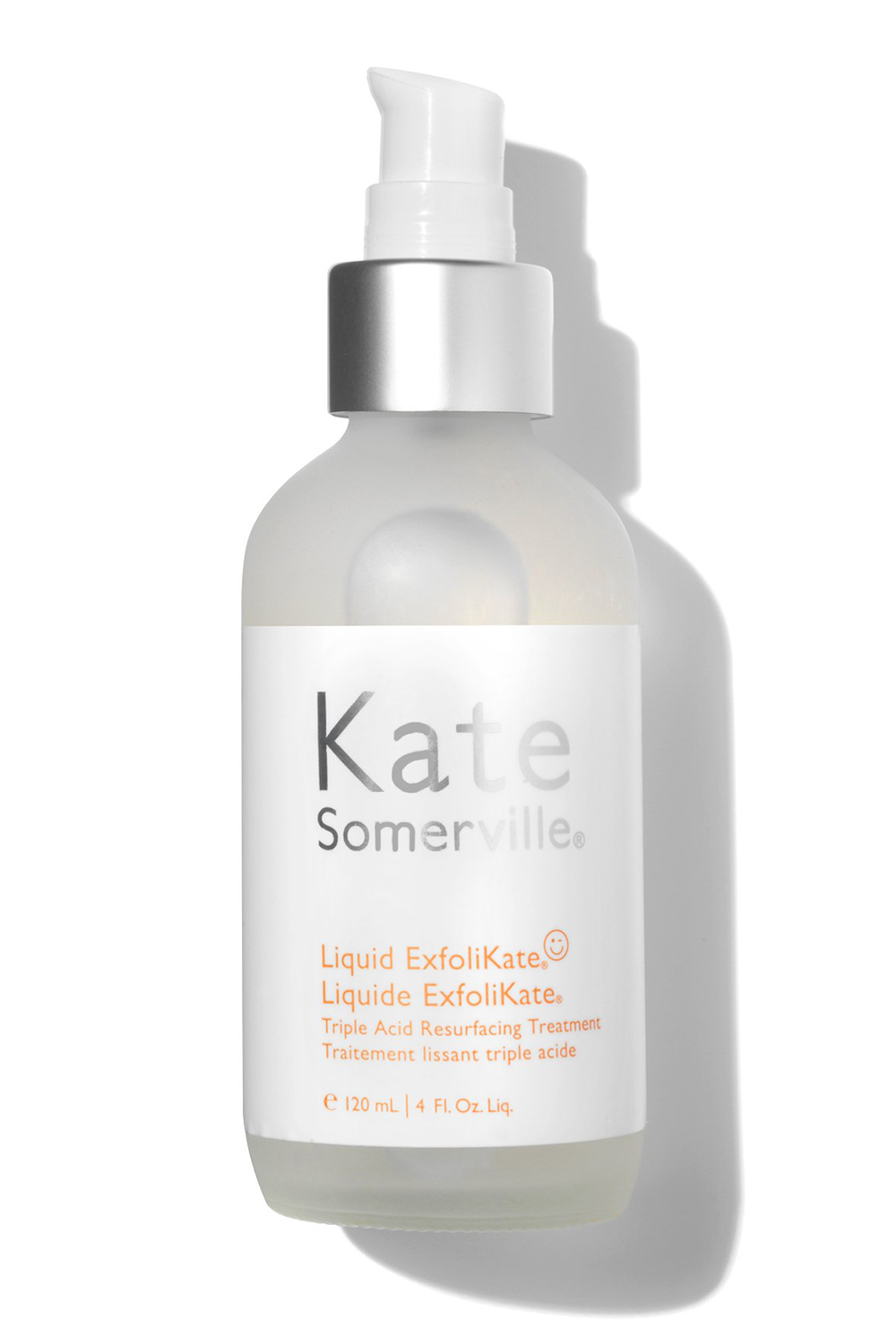
We're huge fans of ExfoliKate, which is probably the Hollywood aesthetician's most famous product. This is perfect for dull skin that might have some unruly pores that need minimising. It can be used every day as part of your nighttime routine, but be sure to protect your skin during the day. Every day.

Apple Cider Vinegar is having a moment right now. Some people are diluting it with water and downing it in the mornings to stave off sugar cravings. And some people are using it on their skin, because they know how well it works at dissolving dead skin cells, refining rough texture, and combatting blemish-causing bacteria.

Katie Thomas is the Senior Beauty Editor at Marie Claire UK. With over 10 years of experience on women's luxury lifestyle titles, she covers everything from the best beauty looks from the red carpet and stand out trends from the catwalk, to colonic irrigation and to the best mascaras on the market.
